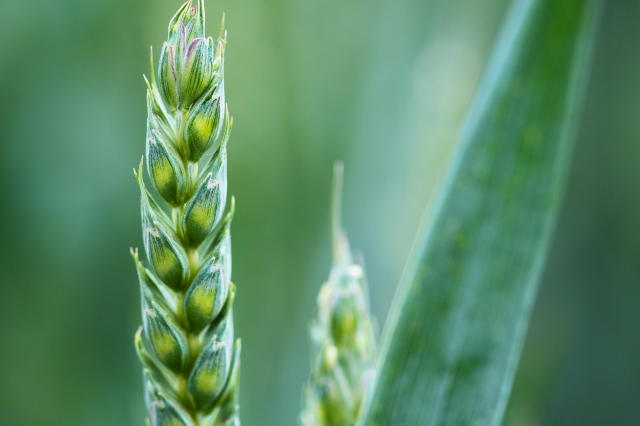
Japan’s well-known lack of space has opened the door for agritech and indoor farms. Agritech or Agricultural technology is the use of technology in agriculture with the aim to boost yield, efficiency, and profitability.
Agritech is mainly being used for conventional farming. However, for several years, indoor farming has also become increasingly popular. Especially in the case of Japan, where incentives are high to produce as much as possible per cubic meter.
In Japan, the train operator giant JR east is looking into the indoor farm business. They have invested in startup Infarm, which has developed new indoor farm technology. Each “Infarm” has a controlled ecosystem with sensors that collect data on temperature, humidity, water level. These data are then sent to a cloud, where an AI program then controls the equipment remotely and makes sure conditions are optimal. Thus, reassuring optimal circumstances for growth.
JR East is looking to utilize its shopping complexes inside the actual train stations for indoor farming! Kinokuniya, a JR East supermarket subsidiary, has also built small indoor farms inside some of their stores.
Infarm has also partnered with Summit, a Japanese grocery store, to grow veggies using grow lights and sell on-site directly. Since the beginning of the year, a Summit store in Tokyo’s Adachi ward has grown lettuce and other vegetables inside the store premises.
Japan also houses the award-winning Spread, which is one of the worlds leading vertical farms. Its Keihanna Techno Farm in Kyoto is now achieving a stable production of 30.000 Lettuce heads/3 tons/day. The vegetables from Spread are protected from disease and dirt in a sealed room.
Another Agritech startup “Farmship”, aims to supply a steady food supply system in Japan with AI technology. They are building what will be one of Japan’s largest vegetable factories.
Indoor farms have struggled with profitability due to high electricity and advanced tech. Factory-grown vegetables are chemical and pesticide-free, but also more expensive than traditionally grown vegetables. Not being sensitive to Japan’s changing weather patterns, and with more stable operational costs, the future looks bright for indoor farms.
“Agritech” market, $13 billion dollars in 2020, is expected to grow to over $22 billion in 2025 according to Gloval Information.




